Designed as the first spacecraft to venture through the asteroid belt and explore the outer solar system, NASA approved the Pioneer 10 and 11 missions in February 1969. NASA’s Ames Research Center in California’s Silicon Valley managed the project and TRW Systems in Redondo Beach, California, built the two spacecraft. Each 571-pound probe carried 12 scientific instruments including an imaging system and used plutonium-238 in two radioisotope thermal generators (RTG) to supply power to their systems and instruments. At Jupiter’s distance from the Sun, capturing enough solar energy would have required prohibitively large and heavy solar arrays.
Pioneer 10 launched first in March 1972, and its twin Pioneer 11 thirteen months later. Mission planners originally conceived Pioneer 11 as a backup to Pioneer 10. By the time the second spacecraft launched, the first had already safely traversed the asteroid belt and was on its way to the first-ever encounter with Jupiter in December 1973. After Pioneer 10 successfully completed its observations of Jupiter, mission planners retargeted Pioneer 11 to use the giant planet’s gravity to slingshot the spacecraft across the solar system to explore Saturn. The decision carried a certain amount of risk as this gravity-assist maneuver required Pioneer 11 to pass much closer to Jupiter than its predecessor but the unique trajectory enabled Pioneer 11 to image Jupiter’s previously unexplored polar regions.
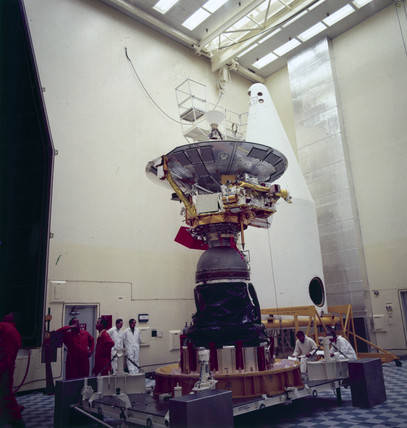
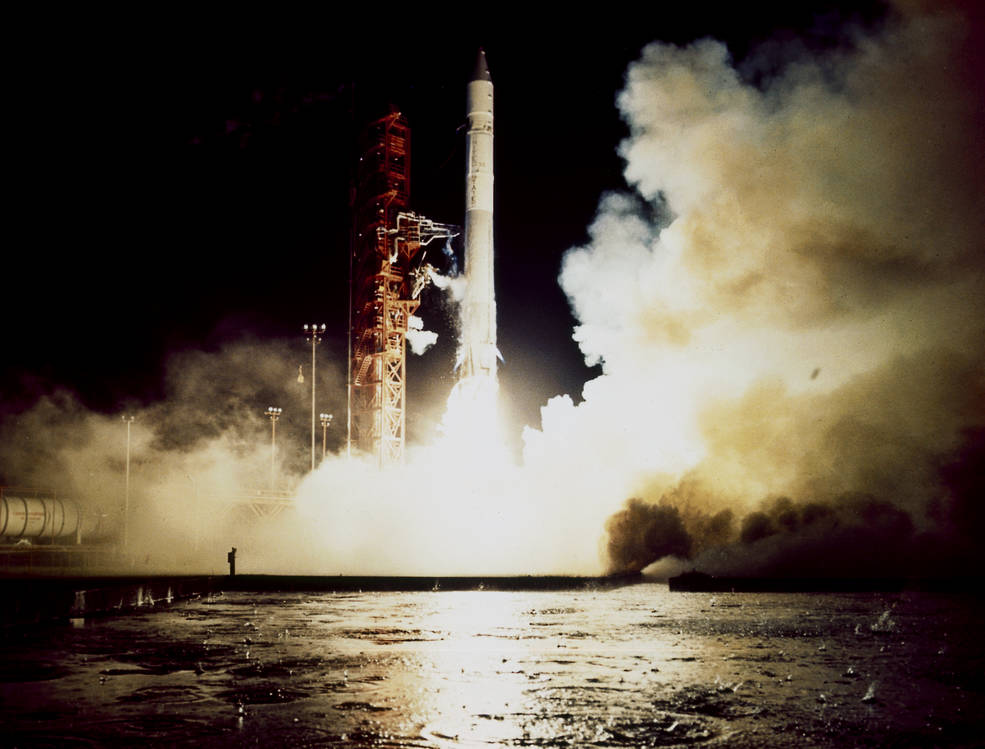
Left: Pioneer 11 undergoing preflight checkouts at the CCAFS. Right: Launch of Pioneer 11 from CCAFS.
Pioneer 11 launched from Pad 36B at Cape Canaveral Air Force Station (CCAFS) on April 5, 1973, on an Atlas-Centaur rocket equipped with an additional upper stage to provide the required velocity to send the spacecraft on a direct trajectory to Jupiter. Pioneer 11 completed its crossing of the asteroid belt in April 1974, and in May performed a 42-minute mid-course correction to enable the gravity assist maneuver to Saturn. Throughout its interplanetary journey, it returned data to Earth about the solar wind, cosmic rays, and micrometeoroids. The spacecraft began its observations of Jupiter in early November, and made distant observations of the planet’s four largest moons Ganymede, Callisto, Io, and Europa. About five hours prior to closest approach Pioneer 11 flew over Jupiter’s Great Red Spot at a distance of 338,700 miles and returned the best images until then of that atmospheric feature. The spacecraft made its closest approach of 26,618 miles to the planet on Dec. 3, 1974, and unlike its predecessor that flew along Jupiter’s equatorial plane, Pioneer 11 followed a more south-to-north trajectory. After passing behind the planet, Pioneer 11 reemerged over Jupiter’s north pole and returned the first images of that region of the planet, revealing that the equatorial atmospheric bands gave way at higher latitudes to more complex circulation patterns filled with vortices and individual storm systems. Pioneer 11 continued its observations of Jupiter until Jan. 1, 1975, as it flew on toward its next destination, Saturn, arriving there in September 1979.
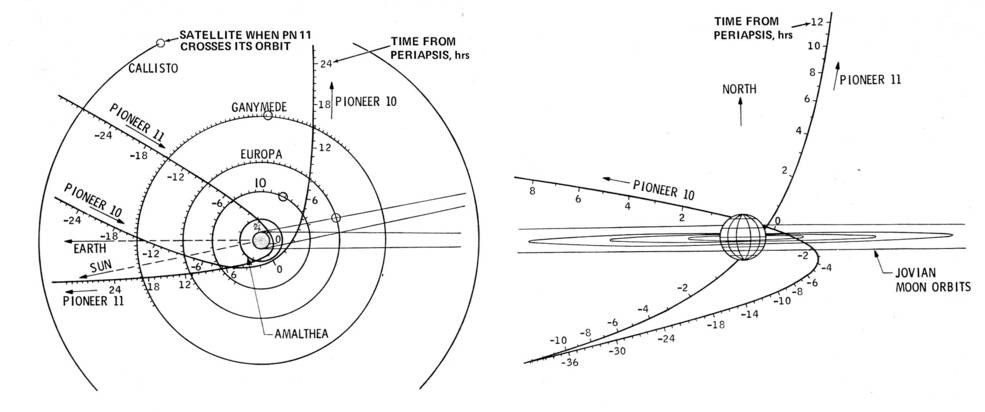
Illustration of the different trajectories Pioneer 10 and 11 followed through the Jovian system. Left: Viewed from above Jupiter’s north pole. Right: Viewed along Jupiter’s equatorial plane.
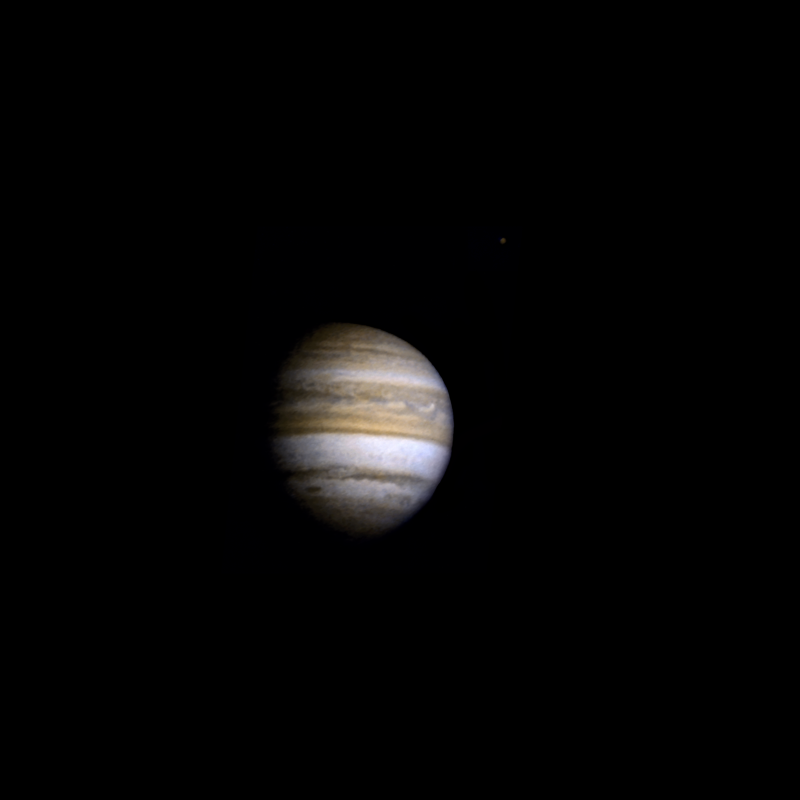
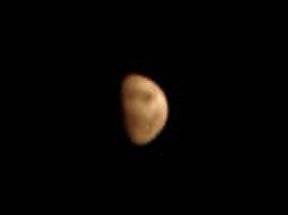
Left: Pioneer 11 view of Jupiter from 1.4 million miles. Right: Distant view of Io from Pioneer 11. Note the two images are not to scale.
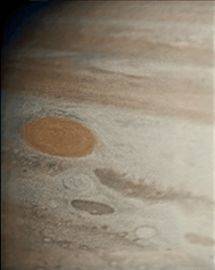
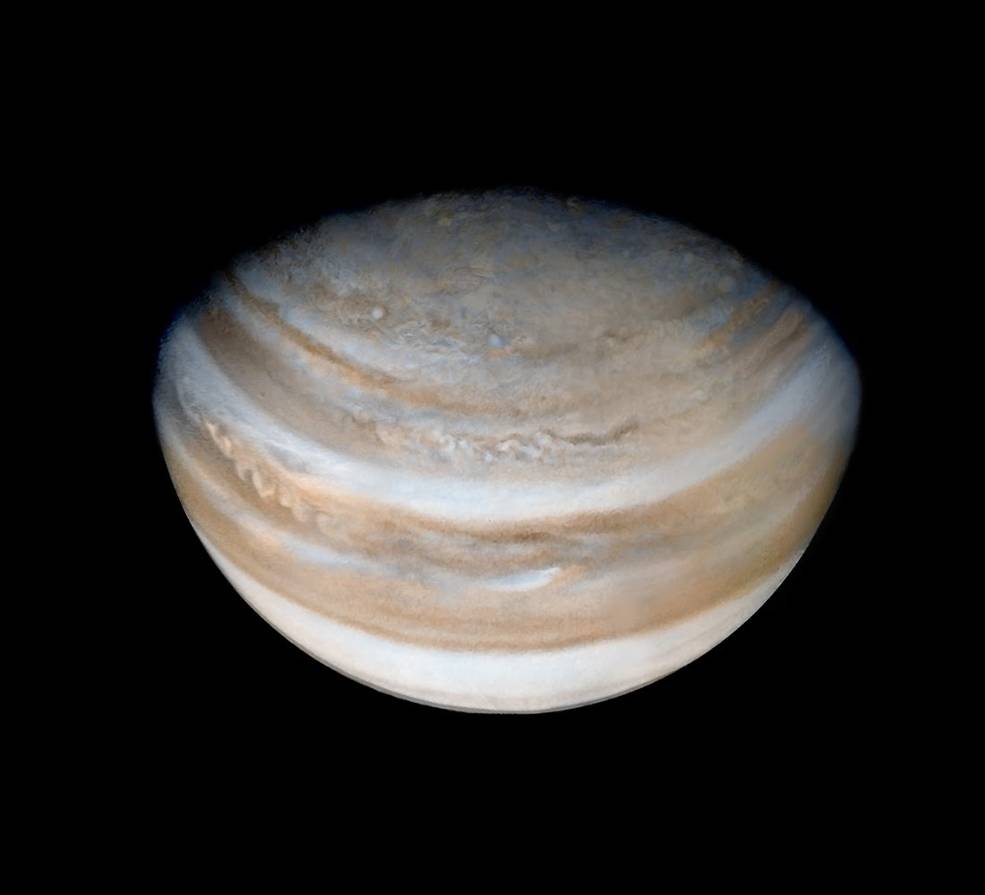
Left: Close up view of Jupiter’s Great Red Spot taken near close encounter. Right: View of Jupiter’s north polar region seen as Pioneer 11 left the Jovian system.
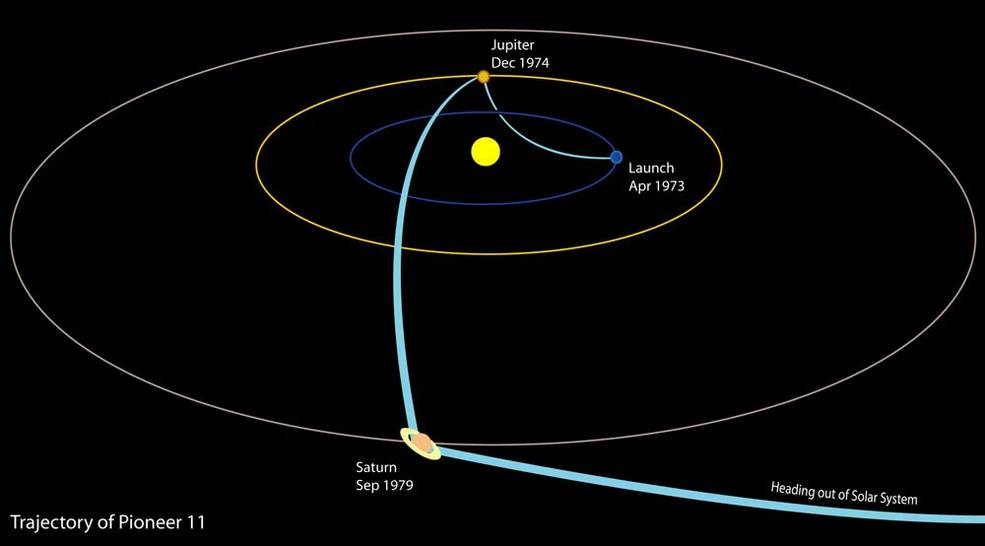
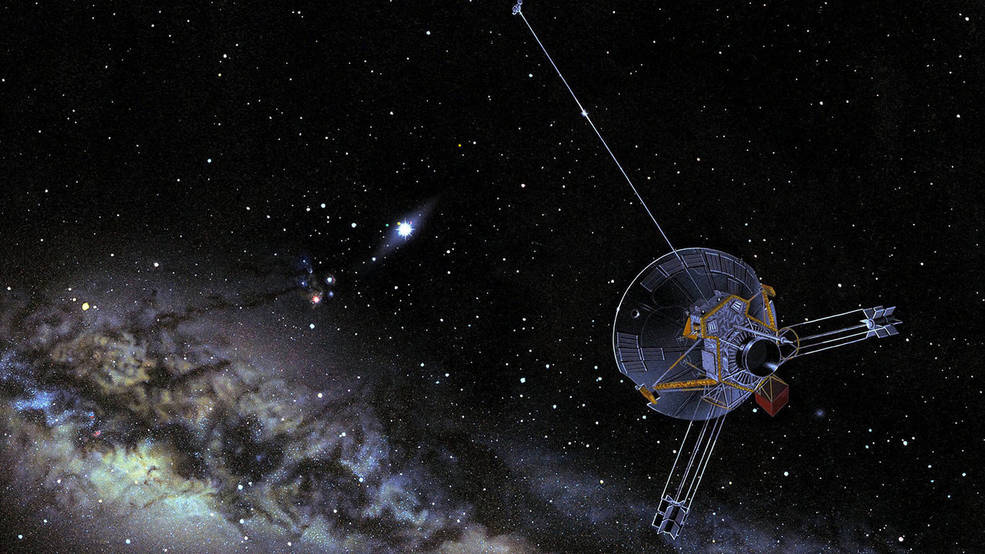
Left: Trajectory of Pioneer 11 through and out of the solar system, with fly-bys of Jupiter and Saturn. Right: Illustration of the spacecraft in space: Pioneer 10 Leaving the Planets Behind, by Don Davis.
Planned for 21 months of operations, just long enough to reach Jupiter and study the giant planet, Pioneer 11 ended up also making the first remote observations of Saturn and operating for more than 22 years. After the encounter with the ringed planet, Pioneer sailed on a trajectory to eventually leave our solar system. On Feb. 23, 1990, it passed the orbit of the outermost planet and began its interstellar mission. The final signal from the spacecraft was received on Nov. 24, 1995, when it was more than 4 billion miles from Earth. Should an advanced alien civilization find either Pioneer spacecraft, each carried a plaque providing information about its creators and where it originated. Carl Sagan and Frank Drake designed the plaque and Linda Salzman Sagan drew it.
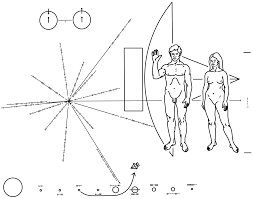
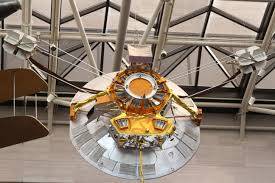
Left: Copy of the plaque carried by Pioneer 11, with information about its creators, in case the spacecraft is found by an intelligent alien civilization. Right: Mockup of Pioneer 11 at the Smithsonian Institute’s National Air and Space Museum (NASM). Credits: NASM.
A full-scale mockup of Pioneer 10 and 11 is on display at the Smithsonian Institute’s National Air and Space Museum’s Milestones of Flight exhibit in Washington, DC.
To learn more about Pioneer 11, please visit the NASA Ames Research Center History Archives at https://history.arc.nasa.gov/index.htm




























